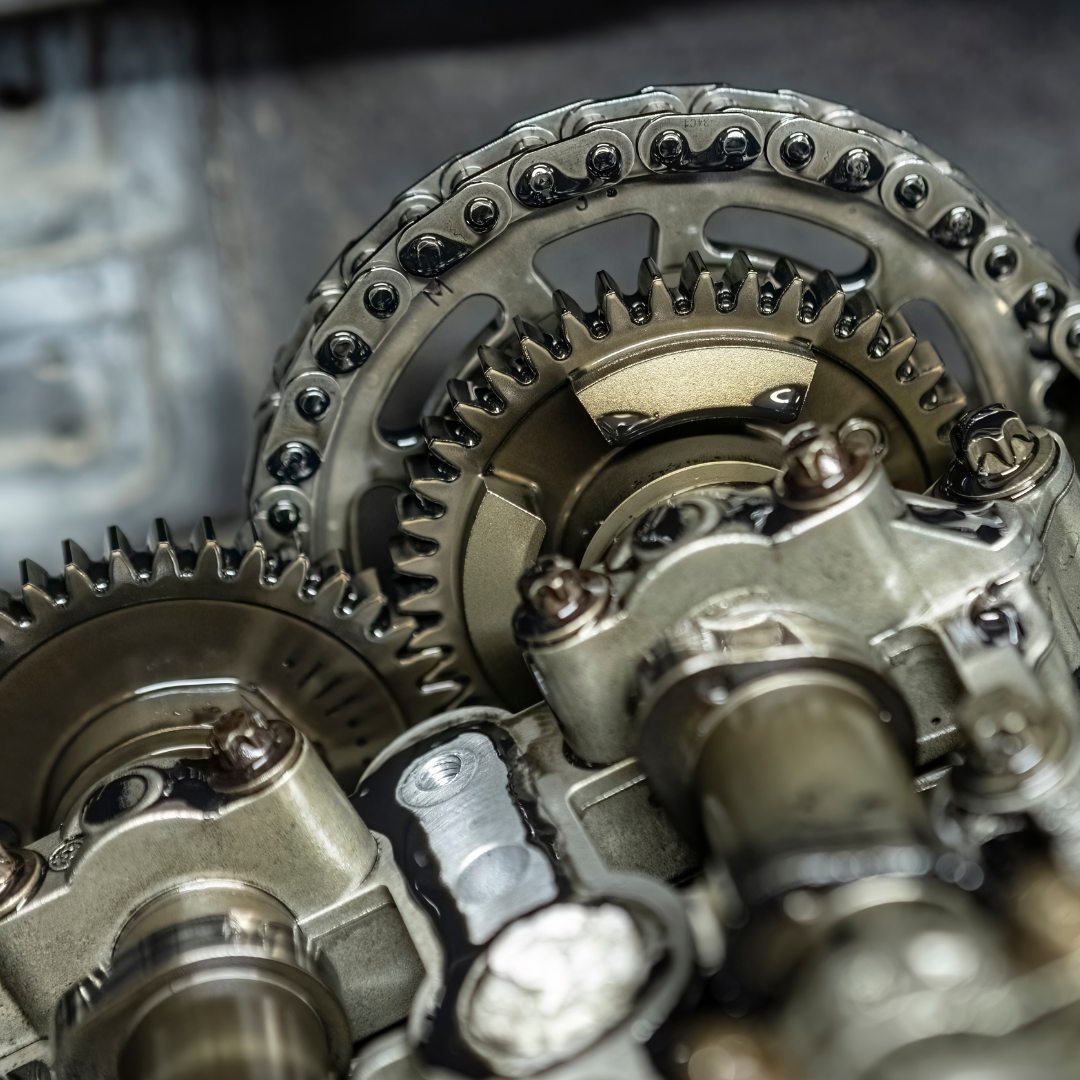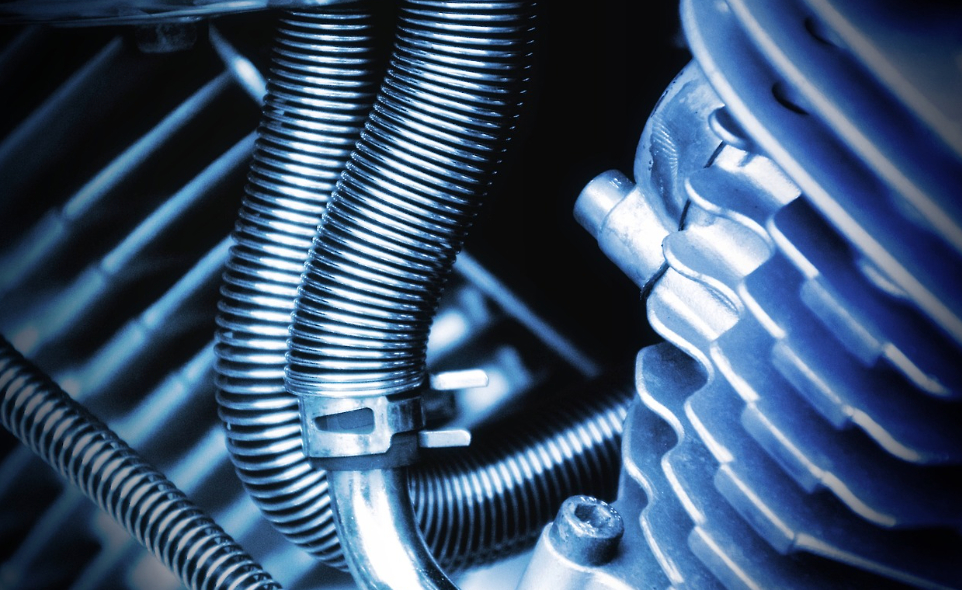Loading ...
Missing business hours data / Error occurred while getting the data.
Loading ...
Missing business hours data / Error occurred while getting the data.
Why Timing Belt Maintenance is Essential for a Healthy Engine
Avoid Costly Repairs and Keep Your Car Running Smoothly

Your car's engine is like its heart, and the timing belt helps keep it running smoothly. People often forget this vital part during routine maintenance, but it's crucial because it ensures everything in the engine works well together. If the timing belt breaks, it can cause severe damage to your engine, expensive repairs, and a lot of time without your car. So, what is a timing belt? Why should you take care of it? Let's explore why it's essential and how taking good care of it can save you money and stress later on.
What Is a Timing Belt, and Why Is It Important?
The timing belt is a strong rubber band that keeps the engine parts moving in sync. It ensures the valves open and close at the right time with the pistons' movements. This exact timing is essential for your engine to work well and run smoothly, like how an orchestra needs a conductor to keep everything orderly.
Timing belts are made to last a long time, but not forever. Over time, the rubber can dry out, crack, or lose tension. If it breaks, serious problems can occur. In some engines, this might cause the pistons and valves to crash into each other—a problem called "interference"—which could severely damage the engine and even require rebuilding it completely.
How Do You Know When It’s Time to Replace the Timing Belt?
Unlike a flat tire or a dying battery, a failing timing belt doesn’t always give clear warning signs. That’s why following the manufacturer’s recommended replacement schedule is crucial. Timing belts need replacement every 60,000 to 100,000 miles, but this can vary based on your vehicle’s make and model. Check your owner’s manual or consult a trusted mechanic for specific guidance.
Here are a few potential signs that your timing belt might need attention:
A
ticking noise from the engine could indicate that the timing belt is wearing out or loose.
Engine misfires: A failing belt can throw off the engine’s timing, leading to misfires.
Visible wear and tear: If you or your mechanic notice cracks, fraying, or glazing on the belt, it’s time for a replacement.
Engine won’t start: A snapped timing belt often leaves you stranded, as the engine won’t run without it.
The Benefits of Preventive Timing Belt Maintenance
Maintaining your timing belt isn’t just about avoiding worst-case scenarios; it also comes with several benefits that can keep your car running efficiently for years.
Improved Engine Performance: A healthy timing belt ensures your engine operates smoothly and efficiently, delivering the expected performance.
Increased Fuel Efficiency: Proper timing helps the engine burn fuel more effectively, saving you money at the pump.
Reduced Risk of Major Repairs: Replacing a timing belt is far less expensive than repairing engine damage caused by a broken belt.
Peace of Mind: Knowing your timing belt is in good condition means fewer surprises and more confidence on the road.
Timing Belts and Dominoes
Think of setting up a line of dominoes. Each domino stands for an engine part, and the timing belt is like the first push that gets them moving. Everything falls apart if something goes wrong with that initial push—or if the timing belt breaks (like taking out a key domino). For example, in this setup, your engine needs perfect timing to work well.
Why You Should Leave Timing Belt Maintenance to the Professionals
Replacing a timing belt is no DIY project. It requires specialized tools, expertise, and precision. The timing belt is located deep within the engine, so accessing it can be complex. In addition, aligning the camshaft and crankshaft precisely during installation is critical to avoid engine problems.
At Foothill Auto Service, our highly trained ASE-certified technicians have the skills and experience to handle timing belt replacements with precision and care. We’ll ensure that the job is done right the first time, giving you peace of mind and saving you from potential headaches.
The Timing Belt Replacement Process
Here’s a quick overview of what happens during a timing belt replacement:
Inspection: We’ll inspect the timing belt and related components, such as the tensioner and water pump, to identify any additional issues.
Removal: The old timing belt is carefully removed, along with any worn-out components.
Installation: A new timing belt is installed, and all components are aligned precisely to the manufacturer’s specifications.
Testing: The engine is tested to ensure everything runs smoothly and the new belt functions appropriately.
When you replace the timing belt, changing parts like the water pump, tensioner, and idler pulleys is a good idea. Doing all this simultaneously helps avoid problems later on and keeps your car running well.
Taking care of your timing belt is not the most fun part of owning a car, but it’s essential. Ignoring it can lead to expensive fixes, but keeping up with its maintenance can make your engine last longer and save money.
At Foothill Auto Service, we encourage you to make routine check-ups a part of your vehicle's care regimen. This ensures that issues are caught and addressed early and gives you peace of mind. When you visit us, you can trust that your vehicle is being looked after by professionals as invested in its well-being as you are. Foothill Auto Service is your trusted partner in ensuring your vehicle runs smoothly. Schedule an appointment with Foothill Auto Service today. Visit us at 26911 Vista Terrace, Lake Forest, CA 92630, or call us today!
Get In Touch
Loading ...
Missing business hours data / Error occurred while getting the data.
Having Trouble Finding Us?
Loading ...
Missing nap lines data / Error occured while getting the data.








